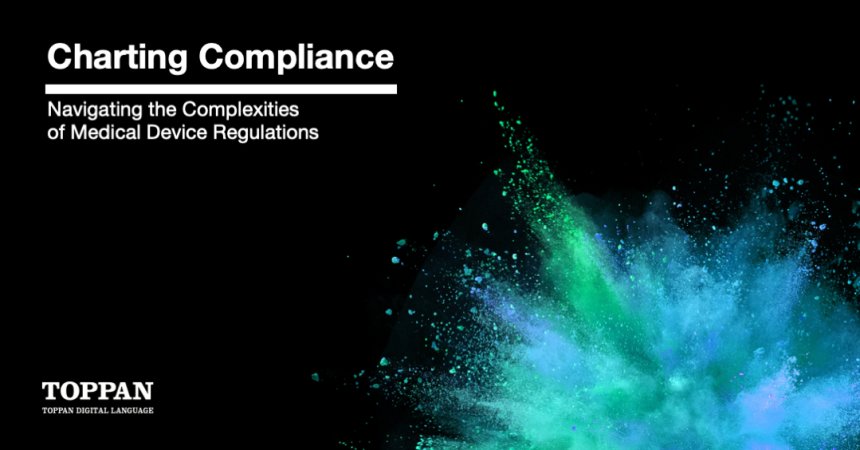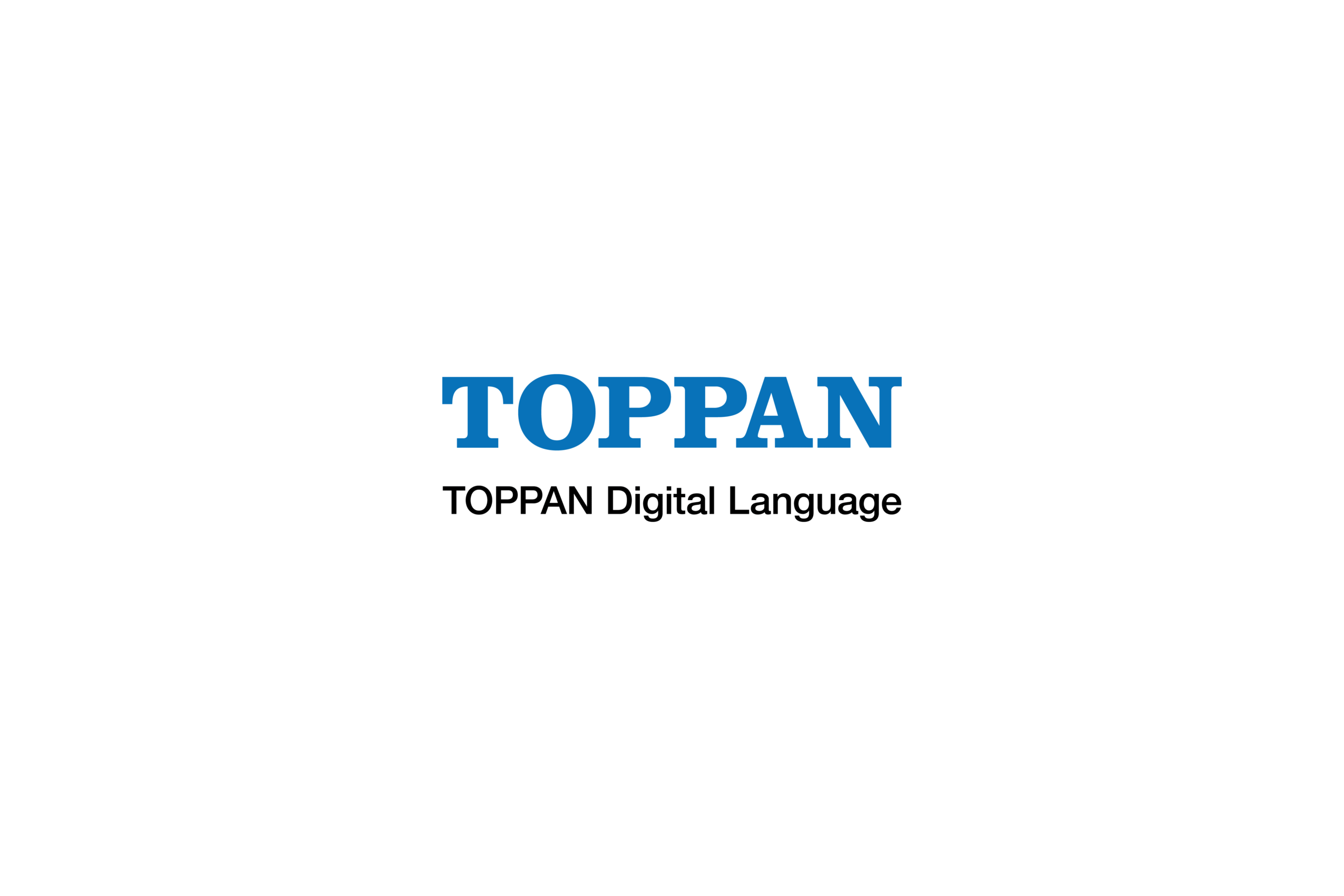Medical device regulations are a pivotal element in the lifecycle of product development and distribution. It ensures safety and efficacy for end-users while providing a clear framework for manufacturers.
But the compliance journey is fraught with challenges, given the diversity in global regulations. And this complexity is further amplified when language barriers come into play.
For manufacturers aiming for international markets, embracing a multilingual approach is not just a strategic move but a necessary compliance mandate.
Understanding Medical Device Regulations
Medical device regulations vary significantly worldwide, with major frameworks like the EU Medical Device Regulation (MDR) and the U.S. Food and Drug Administration (FDA) setting stringent guidelines.
The EU MDR, for instance, emphasizes a robust quality management system and comprehensive clinical evidence, while the FDA demands rigorous pre-market approval and continuous post-market surveillance.
Additionally, other global entities like China’s National Medical Products Administration (NMPA) and Japan’s Pharmaceuticals and Medical Devices Agency (PMDA) also contribute to the international regulatory landscape with their unique requirements.
- NMPA – enforces regulations that oversee medical devices’ entry and continued presence in the vast Chinese market, necessitating detailed compliance with standards and submission processes.
- PMDA – sets the bar high for product approval and safety monitoring, requiring meticulous documentation and a local representative for foreign manufacturers.
Navigating these varying requirements requires thoroughly understanding each market and strategic planning as non-compliance is not an option.
The repercussions extend beyond hefty fines, potentially leading to product recalls, tarnished brand reputation, patient safety issues, and even death. Furthermore, compliance is synonymous with reliability, ensuring that every device that reaches the market adheres to the highest standards of safety and effectiveness.
The Multilingual Challenge
The global nature of the medical device industry means that products are destined for markets with a myriad of languages and cultures. This diversity necessitates the translation and localization of product labels, instructions for use (IFU), and other critical documentation.
Medical device translation is a nuanced task. Each document must convey accurate and clear information, leaving no room for misinterpretation.
It demands precision, especially when dealing with technical and regulatory terminologies. Consistency across multiple languages is paramount, as any discrepancy can lead to confusion and, more critically, misuse of the device.
Consider, for example, the translation of a pacemaker’s instruction manual into multiple languages. If the term “minimum threshold” were incorrectly translated into a language as “optimal threshold,” this could lead physicians to program the device at a suboptimal rate for patient heart rates. Such a minor error in terminology could significantly impact patient outcomes and increase the risk of device-related complications.
The stakes are high, and the margin for error is virtually nonexistent.
These subtly influence and critically determine how medical documentation is interpreted. Localization ensures that content not only aligns with linguistic standards but also fits the cultural context of the target audience. This meticulous adaptation process reduces potential misinterpretations, enhancing safety and reliability in user interactions.
Best Practices for Navigating Regulatory Complexities
A comprehensive translation strategy is indispensable. Life Sciences organizations, including medical device manufacturers, must invest in meticulous planning, ensuring that every piece of content, from product labels to clinical trial data, is accurately translated and culturally adapted.
This strategy should also account for ongoing document updates, ensuring sustained compliance.
Collaborating with a specialized language solutions agency is a strategic move. Such agencies bring expertise in medical terminology and regulatory requirements, acting as valuable partners in the journey toward compliance.
At TOPPAN Digital Language, we provide end-to-end language solutions that align with global compliance regulations, ensuring accuracy, consistency, and cultural relevance across all translated materials.
The regulatory landscape is ever-evolving, with technological advancements and emerging markets influencing future changes. Manufacturers must stay agile, ready to adapt their compliance strategies to accommodate new requirements and ensure continued market access.
Proactive investment in comprehensive language services and staying updated with regulatory changes are crucial. By future-proofing their compliance efforts, manufacturers ensure not just adherence to current standards but readiness for whatever the future holds, securing their place in the global market.

